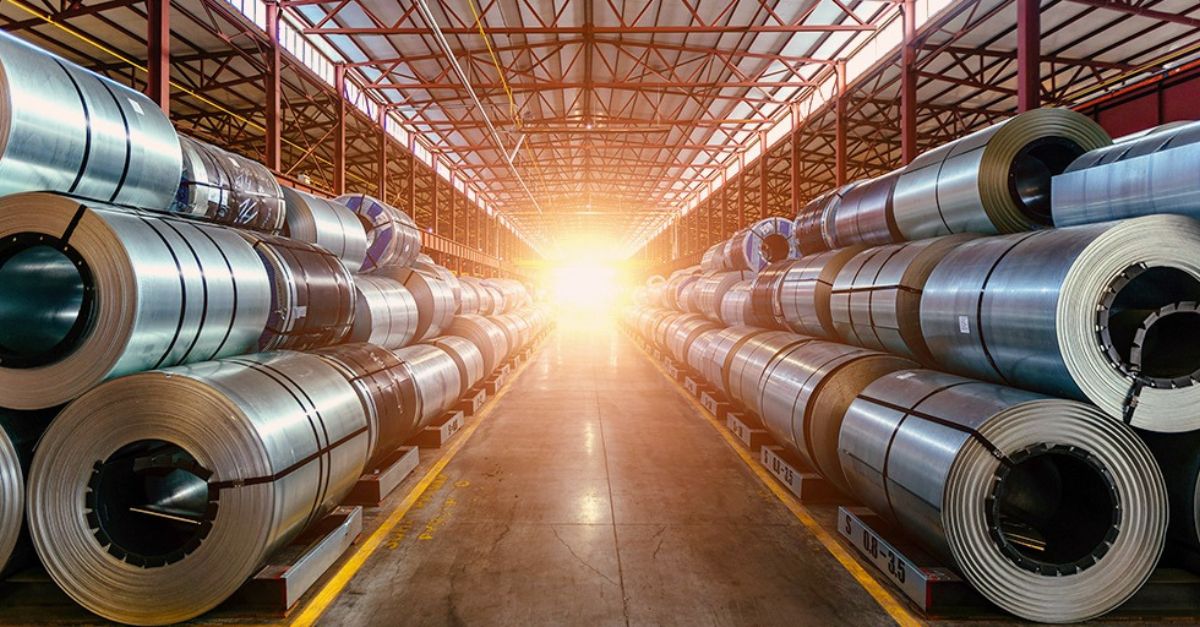India–US Trade Tensions Rise Over Steel and Auto Tariffs NMDC Limited reports a 38% drop in Q4 FY24 consolidated net profit RINL to Raise $23 Million Through Land Sales Amid Crisis

India's steel sector finds itself at a crossroads as production stagnates despite strong domestic demand. The industry is facing mounting pressure from rising imports, particularly from China and Russia, which are offering cheaper steel, making it challenging for domestic producers to maintain market share. This surge in imports has led to increased calls for government intervention, with industry leaders urging protective tariffs or policy measures to level the playing field.
Despite these hurdles, India's infrastructure boom and industrial expansion continue to drive steel consumption. Sectors like construction, automotive, and manufacturing remain key drivers of demand, ensuring that the long-term outlook for steel remains positive. Major players in the industry are focusing on enhancing efficiency, adopting greener production methods, and investing in technological advancements to remain competitive.
Additionally, with global shifts toward sustainable steelmaking, Indian manufacturers are under pressure to modernize operations and reduce their carbon footprint. Companies are increasingly looking at decarbonization initiatives and alternative energy sources to align with international standards.
While short-term concerns over imports and pricing persist, the long-term growth trajectory of India’s steel industry remains strong. With the right policy interventions and continued investment in innovation, Indian steelmakers can navigate these challenges and maintain their leadership in the global market.
Also Read : India exported 0.78 MT coal to neighbouring countries in Apr-Nov: Govt Coal sector contributes over ₹70,000 crore annually to centre and states